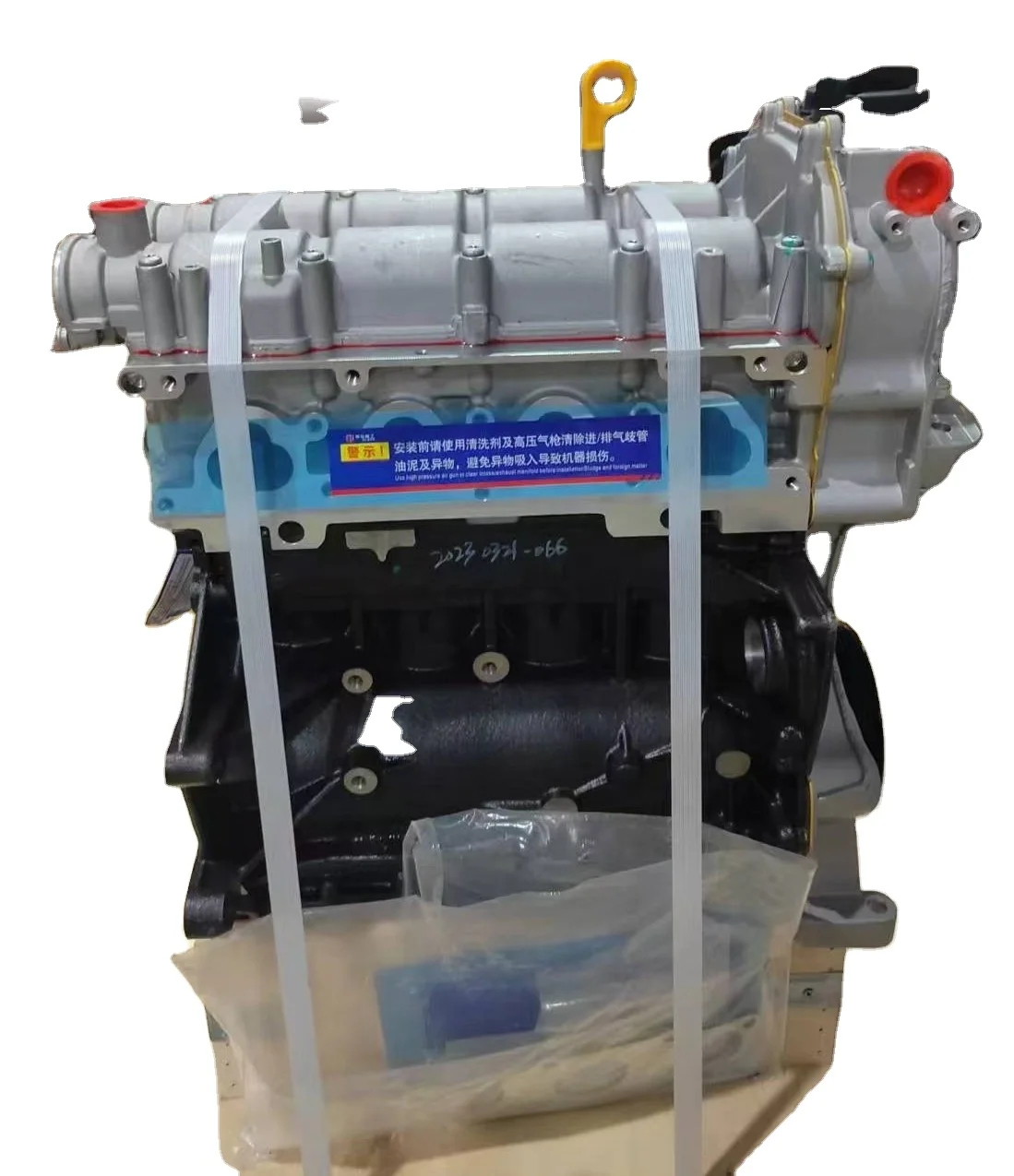Just How a Clp Engine Can Enhance Efficiency in Different Industries
The development of CLP engines notes a considerable shift in operational efficiency across different fields, driven by their capability to maximize fuel usage and reduce downtime. As organizations significantly prioritize sustainability along with efficiency, the role of CLP engines becomes even a lot more essential.
Introduction of CLP Engines
CLP engines, or Constant Fluid Propellant engines, stand for a considerable improvement in propulsion innovation, particularly for space applications. These engines make use of a constant feed system that allows for the continual expulsion of propellant, bring about enhanced performance and performance compared to conventional strong or hybrid propulsion systems. By preserving a continuous circulation of liquid propellant, CLP engines can achieve extra exact thrust control, which is crucial for steering spacecraft in different mission scenarios.
The layout of CLP engines integrates advanced products and innovative gas administration systems. clp engine. This causes decreased weight and enhanced integrity, vital factors for long-duration room missions. In addition, the constant procedure reduces the risk of burning instability, a common obstacle in conventional rocket engines.

Benefits in Manufacturing
The manufacturing of Continuous Fluid Propellant (CLP) engines offers numerous significant advantages that improve both efficiency and cost-effectiveness. Among the key advantages is the structured manufacturing process, which minimizes the complexity related to standard propulsion systems. By using fluid propellant, producers can attain better accuracy in engine efficiency, leading to optimized power outcome and decreased waste.
Additionally, CLP engines help with a greater level of modularity, enabling for easier integration right into various production lines. This versatility can dramatically reduce lead times and boost general functional versatility. Using CLP modern technology likewise tends to reduce the need for extensive upkeep due to less moving components, which translates right into reduced downtime and functional costs.

Applications in Logistics
Leveraging Continual Fluid Propellant (CLP) engines in logistics uses you could look here considerable benefits in operational effectiveness and dependability. These engines offer a robust solution for various transportation demands, making it possible for the smooth motion of goods throughout substantial ranges. The integral style of CLP engines enables constant power output, which translates right into smoother and a lot more predictable transportation schedules.
Among the crucial applications of CLP engines in logistics is in heavy-duty products transportation, where they can drive both ground and aerial cars. Their ability to maintain high efficiency under differing load problems makes certain that delivery timelines are met, thereby boosting client complete satisfaction. Furthermore, CLP engines can be integrated right into automated logistics systems, facilitating real-time monitoring and enhancing route preparation.
Additionally, the sturdiness of CLP engines reduces upkeep downtime, allowing logistics firms to maximize their functional capabilities. This is specifically useful in warehousing operations, where effectiveness in handling and moving products is critical. As logistics remains to advance, the integration of CLP engines represents a forward-thinking strategy that not only boosts performance yet also sustains the sector's growing demands for dependability and rate.
Effect on Power Efficiency
Exactly How do Continual Liquid Propellant (CLP) engines improve power efficiency in transportation? CLP engines utilize a consistent circulation of fluid fuel, optimizing burning procedures and maintaining a steady drive result. This design lessens power losses associated with conventional burning engines, where gas delivery can vary and cause inadequacies.
The continuous operation of CLP engines permits a more effective thermal cycle, leading to greater details impulse compared to conventional engines. clp engine. This translates to minimized gas intake for the very same amount of work done, substantially decreasing functional prices throughout numerous transport sectors, including aviation and maritime industries
Additionally, the capability of CLP engines to preserve ideal performance under varying tons conditions decreases the requirement for regular acceleration and deceleration, further boosting gas performance. Boosted power performance not just adds to cost savings but also brings about lower greenhouse gas emissions, aligning with global sustainability objectives.
Future Trends and Innovations
Arising improvements in Constant Liquid Propellant (CLP) engine technology assurance to change the landscape of transport effectiveness and sustainability. As sectors pivot towards greener options, CLP engines stand at the leading edge, integrating cutting-edge products and style methodologies that boost efficiency while reducing environmental influence.
Among one of the most appealing trends is the fostering of hybrid systems that combine CLP engines with eco-friendly energy resources. This harmony can optimize gas usage and lower exhausts, lining up with global sustainability objectives. Developments in computational liquid dynamics (CFD) are promoting the style of even more aerodynamically efficient engines, leading to lowered drag and improved gas efficiency.
In addition, the development of clever monitoring systems is my explanation established to boost operational performances. These systems leverage data analytics and IoT modern technology to enhance engine performance in real-time, making sure that the engines run within their most efficient specifications.
As study continues to check out different propellant formulations-- such as biofuels and synthetic gas-- the future of CLP engines looks encouraging. By harnessing these advancements, sectors can not only enhance their effectiveness yet also contribute substantially to a cleaner, see this website extra lasting future in transportation.
Final Thought
In final thought, CLP engines represent a considerable development in efficiency across numerous sectors. The combination of sophisticated materials and fewer relocating components lessens upkeep requirements, while alignment with sustainability objectives placements CLP engines as an essential innovation for the future.